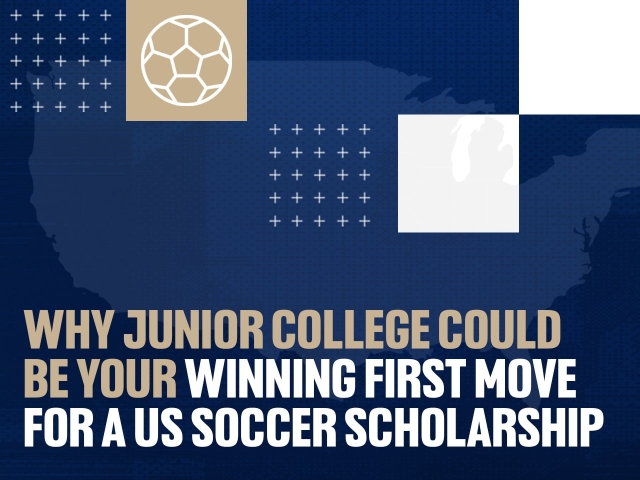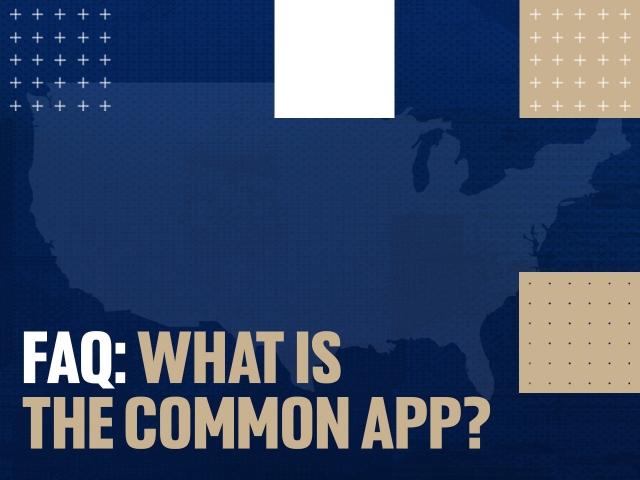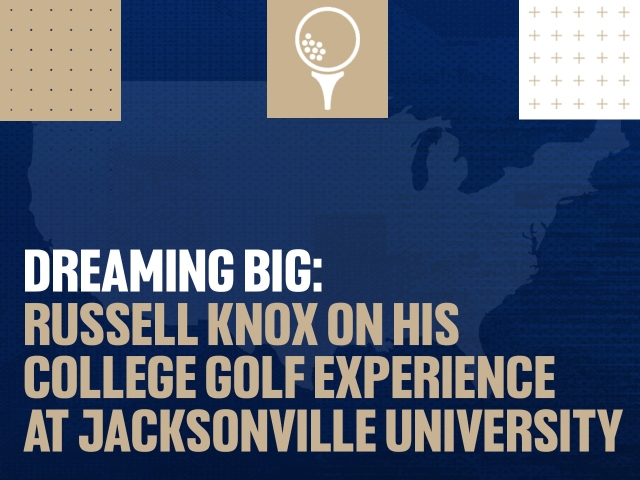The Scottish Open, currently known as the Aberdeen Asset Management Scottish Open, is a golf tournament on the European Tour. It is one of the richer events on the Tour, and traditionally takes place the week prior to the British Open Championship, making it the last chance for European Tour players to qualify for the tournament (which itself, is often played somewhere in Scotland).
1935 and 1936
In 1935 Gleneagles hosted a Scottish Open Championship held on the King's course, with total prize money of £750. The R&A objected to the use of the term ‘Championship’ being used for a tournament organised by a private enterprise. Percy Alliss won the tournament by 4 strokes from Jack Busson with an aggregate of 273. The 1936 tournament was sponsored by Penfold and known as the ‘Penfold’ Scottish Open. Penfold had sponsored tournaments in Wales and England from 1932 to 1934. This tournament was played at Ayr Belleisle Golf Club, with total prize money of, again, £750. After 72 holes Jimmy Adams and Tom Collinge tied on 287. In the 36 hole play-off, Adams had rounds of 68 and 69 and won by 11 strokes.
1972 and 1973
The first ‘Sunbeam Electric’ Scottish Open was held in 1972 at Downfield Golf Club near Dundee. Neil Coles beat Brian Huggett at the second hole of a sudden death play-off, sinking a 12-foot putt to be named champion. Total prize money was £10,000 with a first prize of £2,000. In 1973, the event was played on the Old Course at St Andrews. Graham Marsh won by 6 strokes to beat Peter Oosterhuis and the total prize money was increased to £15,000 with a first prize of £2,500. Both the 1972 and 1973 tournaments were broadcasted extensively on ITV.
The 1986 Revival
The ‘Scottish Open’ returned to the European Tour calendar in 1986, replacing the Glasgow Open which had been held from 1983 to 1985. The tournament was held at Haggs Castle Golf Club in its first year back, before moving to Gleneagles until 1994. It was then hosted at Carnoustie for two years, but it was to disappear from the calendar again following the 1996 season.
Its place on the European Tour schedule from 1997 was taken by the Loch Lomond World Invitational, which had been first held the previous year. From 2001, it was decided that the Loch Lomond event would be known as the Scottish Open, and all prior editions would be granted Scottish Open status which resulted in the anomaly of having two champions in 1996.
From 2001 until 2010, the Scottish Open was played at Loch Lomond Golf Club. Some concern was expressed that the host course, which is very different from the links courses on which the Open Championship is played, put European Tour players at a disadvantage in the subsequent major, compared to their leading rivals from the PGA Tour, who traditionally spent a week practising for the Open on links courses in Ireland. There was a possibility that the event would move to the Dundonald links course in Ayrshire, but in 2006 the company's chief executive Keith Williams commented, “From our point of view, we would also perhaps regard Dundonald as being three years away from hosting a championship of this calibre.”
On the 24th of January, 2011, it was announced that the 2011 Barclays Scottish Open would be held at Castle Stuart Golf Links, near Inverness, due to the financial difficulty being suffered by Loch Lomond. Play was reduced to 54 holes (three rounds) in the 2011 tournament due to heavy rain causing flooding and landslides at Castle Stuart.
[caption id="attachment_11582" align="aligncenter" width="629"] Alex Noren - Scottish Open Winner 2016[/caption]In September 2012, the European Tour announced that the Scottish Open, now sponsored by Aberdeen Asset Management, would be played at Castle Stuart in 2013 and move to Royal Aberdeen Golf Club in 2014. In July 2014 the Tour confirmed that the tournament would be played at Gullane Golf Club in 2015 and at Castle Stuart Golf Links in 2016. While in April 2016, it was announced that the tournament would head to Ayrshire for the first time, with Dundonald Links (the host of the Ladies Scottish Open in 2015 and 2016) as the chosen venue.
The prize fund was £10,000 in 1972, and by 2008 it had increased to £3 million, making it the largest in a European Tour event that is not co-sanctioned by the PGA Tour. In 2016, at Castle Stuart, the attendance figures nosedived by more than 20,000 to 41,809 over the four tournament days.




